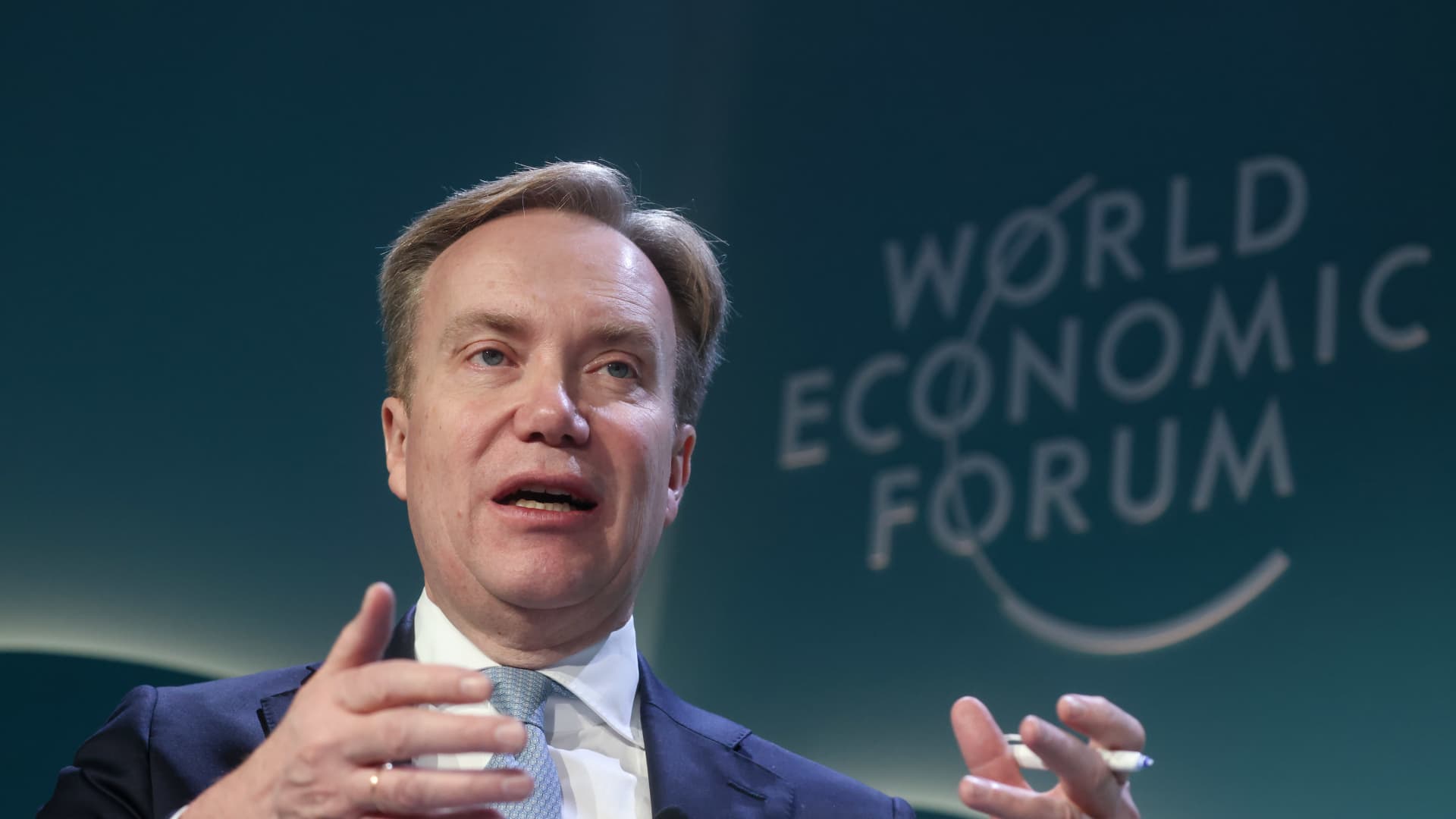Another month, another rise in better-than-expected employment gains.
Employers added a seasonally adjusted 303,000 jobs in March, the Labor Department reported Friday, and the unemployment rate fell to 3.8 percent from 3.9 percent in February. Expectations of a recession that were once widespread among experts are now becoming increasingly rare.
It was the 39th consecutive month of job growth. And the employment rate is now more than three million higher than predicted by the nonpartisan Congressional Budget Office shortly before the pandemic shock.
The robust data broadly bolstered confidence among economists and market investors that the U.S. economy has reached a healthy equilibrium in which steady increases in commercial activity, growing employment and rising wages can coexist despite the high interest rates of the past two years.
From late 2021 to early 2023, inflation outpaced wage growth, but that too now appears to have changed significantly, even as wage increases are slowing from their rapid growth rates in 2022. The average hourly wage of workers increased by 0.3 percent in March compared to the previous month and increased by 4.1 percent compared to March 2023.
“The tiny few areas that criticize this labor market are melting away,” said Andrew Flowers, chief labor economist at Appcast, a staffing company.
Some worry that as the booming labor market recovery gives way to a milder expansion, job growth would be largely limited to less cyclical sectors such as public sector hiring and health care. This report highlighted advances in healthcare – including hospitals, nursing and care facilities, and outpatient services. However, job growth remains broad-based for now.
The private sector created a total of 232,000 jobs. Construction added 39,000 jobs in March, about double the average monthly gain last year. Hospitality and leisure employment, which collapsed during the pandemic, continues to recover and is now above February 2020 levels.
The “sustained strength,” said Joe Davis, chief global economist at Vanguard, comes from “household balance sheets supported by pandemic-related fiscal policy and a virtuous circle in which job growth, wages and consumption drive each other.”
President Biden declared the report a “milestone,” noting that since he took office the economy has added 15 million jobs and launched a number of programs to boost growth. “We have come a long way, but I will not stop fighting for hardworking families,” he said in a statement.
Data analysts note that better-than-expected increases in business productivity and labor force participation also provided additional impetus. Recent data from the Bureau of Economic Analysis shows corporate profits are at a record high.
Officials at the Fed, which quickly raised interest rates in 2022 and early 2023 to combat inflation, have expressed cautious optimism that they are moving closer to their goals of low unemployment and more stable prices.
According to the Fed’s preferred measure, inflation has fallen sharply from its peak of 7.1 percent. But in February it rose to 2.5 percent, still half a percentage point shy of the Fed’s target. And some fear that rising oil prices or geopolitical chaos could upend the delicate situation.
Reasons for caution extend beyond global events.
Guy Berger, director of economic research at the Burning Glass Institute, which studies the labor market, noted that while layoff rates are near record lows, other hiring data is “consistent with an unemployment rate of just under 5 percent” based on previous economic cycles.
And some labor economists believe the increased borrowing costs for consumers and businesses driven up by the Fed will devastate certain parts of the economy the longer companies have to live with it.
Nancy Vanden Houten, senior U.S. economist at consultancy Oxford Economics, said strong job growth need not stop the Fed from cutting interest rates – which it is expected to do three times this year – and adding an additional layer of insurance as it expands business.
“The Fed does not need to see a weak labor market to begin cutting rates, but will be guided by wage growth and inflation numbers, which we expect will show further progress toward the central bank’s goals over the next few months.” , she wrote in a research note.
Although the narrative about the U.S. economy among top experts varies between jubilant relief and persistent concern that the best part of this economic cycle is over, the overall labor market has been consistently dynamic since 2022; almost uneventful.
However, the underlying details shed light on potential changes that may impact the hiring and business mix in the future.
Employment growth in sectors such as professional and business services, finance and information remains weak. Daniel Zhao, senior economist at career site Glassdoor, pointed out that these three sectors added just 10,000 jobs combined in March – a new indication that employees have become much more selective since their hiring spree during the pandemic.
“Companies are hiring selectively and prioritizing quality over quantity,” said Tom Gimbel, chief executive of LaSalle Network, a Chicago-based staffing and staffing firm.
The advantage is that these workers are most likely to be high earners; Homeowners with affordable fixed-rate mortgages that protect them from rental inflation and investors whose portfolios have experienced a breathtaking upward trend since the fall.
Low-income earners, for their part, are experiencing a less hot job market than they were just a few years ago, when job changes in search of better pay and benefits often resulted in double-digit salary increases. However, according to the Fed’s key actions, the market still offers opportunities for earnings growth not seen since the late 1990s.
In an interview with Bloomberg in March, Liz Everett Krisberg, the head of the Bank of America Institute, pointed to a crucial overarching reality for households: The monthly median savings and checking balances for all incomes are more than 40 percent higher than in 2019 Values recorded by the bank.
Defaults are increasing among subprime car and credit card borrowers. But the overall share of household disposable income going toward debt repayment is still below its pre-pandemic low.
Mark Zandi, chief economist at Moody’s Analytics, has been among the more optimistic financial commentators since recession worries grew in 2022.
But a year ago, when the regional banking system began to tremble a little due to interest rate shocks, he became even more worried. Mr Zandi told his son, an entrepreneur, that he was unlikely to get a line of credit as bank lending was likely to tighten.
“He knocked on the door of JPMorgan Chase and they gave him a line of credit within two hours,” Mr. Zandi said with a laugh. “And, you know, it was a pretty big snake.”
This turn of events is emblematic of a little-noticed change in business conditions. Since the middle of last year, when economic growth significantly exceeded forecasts, the proportion of banks tightening small business lending has declined significantly. This trend is consistent with a growing belief among business leaders that a downturn is not imminent and that a potentially longer expansion makes betting on emerging companies more attractive.
Frustration over the cumulative price increases over the last three years continues to dampen consumer sentiment. But consumers and businesses overall are still in healthy shape in many respects, said Daniel Alpert, senior fellow in financial macroeconomics at Cornell Law School and founding managing director of investment bank Westwood Capital.
“Without the post-pandemic rise in inflation and high interest rates,” he said, “this economy would be hailed as one of the greatest turnarounds in history.”
Source link
2024-04-05 17:30:38
www.nytimes.com









